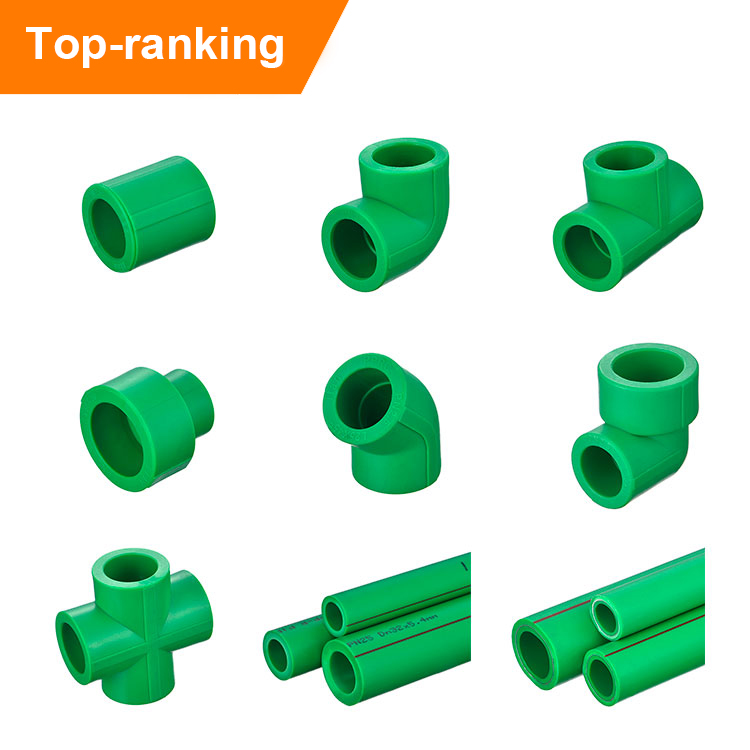Troubleshooting Common Issues with PPR Fittings
PPR (Polypropylene Random Copolymer) fittings have become a popular choice for piping systems due to their durability, ease of installation, and resistance to chemical and thermal changes. However, like all piping systems, PPR fittings can experience common issues that require troubleshooting and maintenance. In this article, we will explore some of the common issues and their solutions.
- Leaks
Leaks are perhaps the most common issue with PPR fittings. This can be caused by several factors, including incorrect fitting installation, damaged pipes, or inadequate fusion. To troubleshoot leaks, start by checking the fitting installation to ensure that it is correct and that the pipes are properly aligned. If this does not resolve the issue, inspect the pipes to see if there are any visible cracks or damages that may cause leaks. Finally, examine the fusion process to ensure that the pipes and fittings have been fused correctly and that there are no voids.
- Blockage
Blockage occurs when debris or sediment accumulates in the pipes or fittings, causing a decrease in water flow. To troubleshoot blockage, start by identifying the location of the blockage. This can be accomplished by turning off the main water supply and isolating each section of the piping system until the blockage is located. Once you have identified the location, you can remove the blockage by using a powerful jet of water or a mechanical auger.

- High Water Pressure
PPR fittings are designed to handle high water pressure, but excessive pressure can cause damage to the pipes and fittings. Symptoms of excessive water pressure may include leaks, pipe bursts, or a noisy water system. To troubleshoot high water pressure, start by checking the pressure using a pressure gauge. If the pressure is too high, install a pressure-reducing valve to avoid damage to the pipes and fittings.
- Cold Weather Cracking
If your PPR pipes and fittings are exposed to very cold temperatures, they may become brittle and crack. To troubleshoot cold weather cracking, start by ensuring that the pipes are properly insulated and protected from the cold temperatures. Additionally, you can use a heat tape or other heating source to keep the pipes and fittings warm during extremely cold weather.
In conclusion, PPR fittings are an excellent choice for piping systems due to their durability and resistance to chemical and thermal changes. However, like all piping systems, they require regular maintenance and troubleshooting to ensure optimal performance. By being aware of the common issues with PPR fittings, you can quickly troubleshoot and resolve any problems that arise, and ensure that your piping system continues to function at its best.






